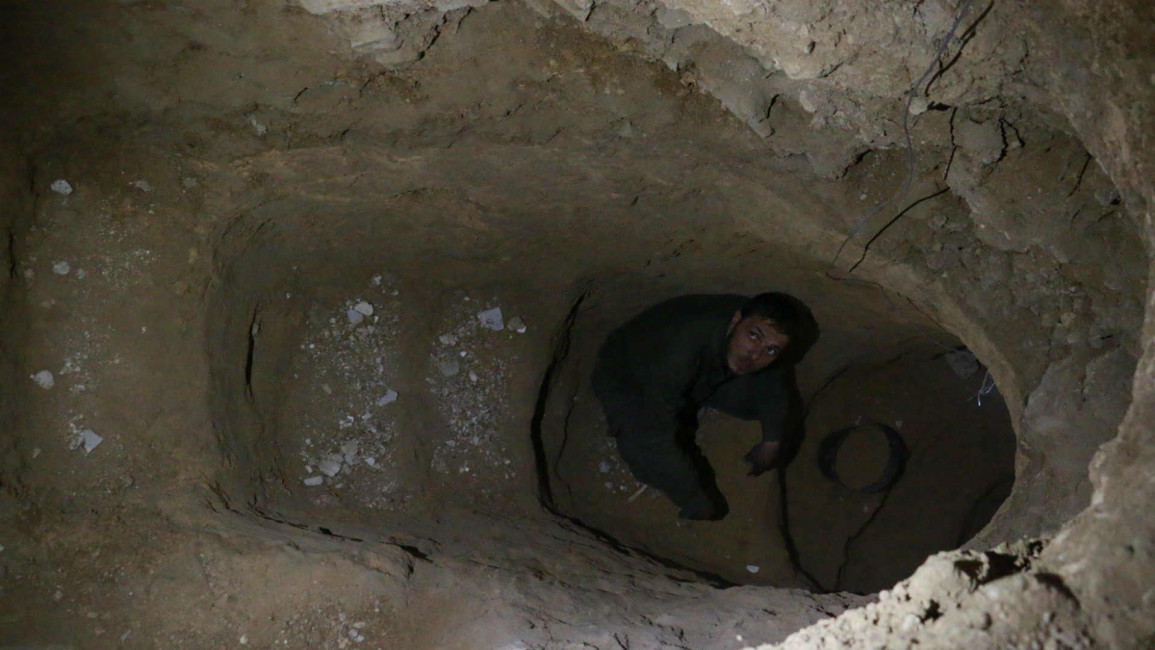As bombs continue to rain down on Eastern Ghouta, the last remaining opposition-held enclave near the Syrian capital, its residents have been forced to dig their way underground as the only means of protection from the relentless airstrikes.
Qusay Noor's photos provide a small glimpse into the suffering of the 380,000 people still trapped in the enclave - including many women, children and elderly people - forced to live in squalid conditions without basic necessities, ventilation, or access to healthcare.
The Russian-backed bombing and shelling campaign has claimed more than 500 lives in the past week, with thousands more injured, while
hospitals, a main target of the strikes, crumble under both bombs and the sheer number of people needing urgent care.
The
UN-imposed ceasefire was delayed from Thursday 22 February to Saturday 24 February, in which time a further 180 people were killed. Among them were 26 women and 42 children.
|
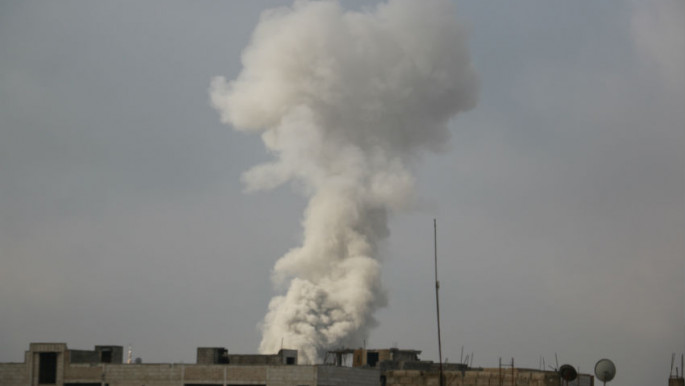 |
|
[Qusay Noor] |
Disregarding the ceasefire, the Syrian regime continued to carry out airstrikes on Sunday and Assad-aligned militias reportedly
attempted to storm the enclave.
|
 |
|
[Qusay Noor] |
As thousands of Eastern Ghouta's residents lose their homes to the bombings, the only means of survival is to dig shelters underground.
|
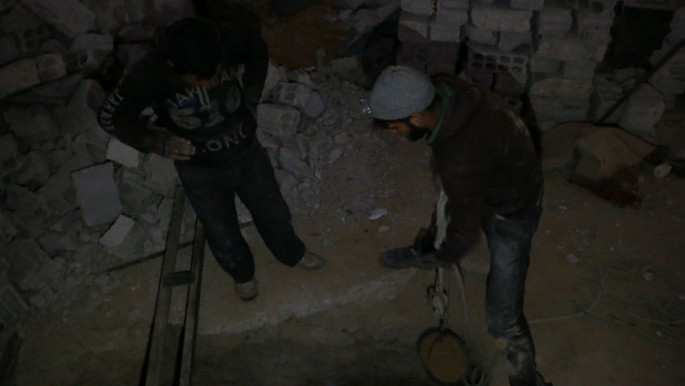 |
|
[Qusay Noor] |
The makeshift shelters have subsequently filled up with men, women and children hoping to be spared from Assad's brutal campaign of bombing and shelling.
|
 |
|
[Qusay Noor] |
Eastern Ghouta has been bombarded with dozens of airstrikes per day, making the siege one of the most dangerous in the conflict's seven-year history.
|
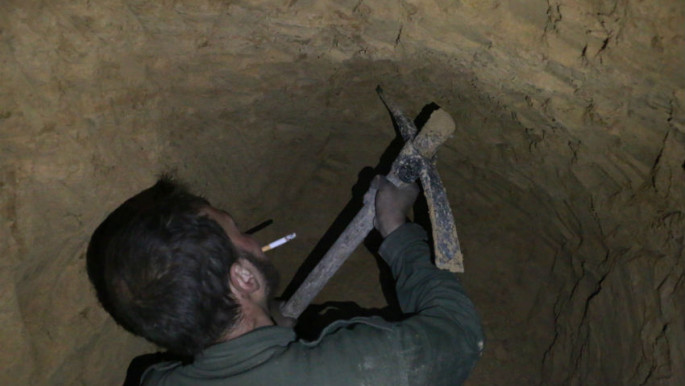 |
|
[Qusay Noor] |
Thousands of Eastern Ghouta's residents are thought to be living in a makeshift network of tunnels and trench-like channels underneath the town.
|
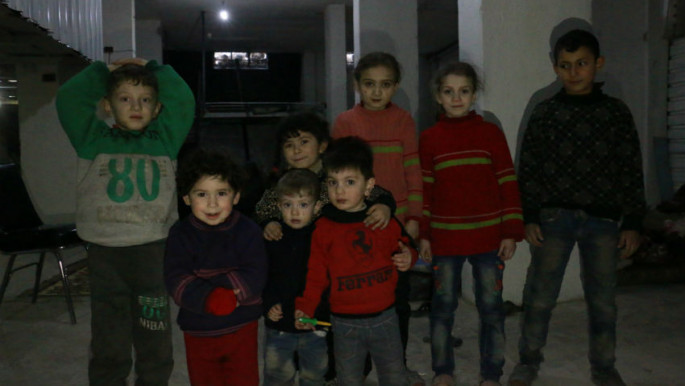 |
|
[Qusay Noor] |
Thousands of children are living in Eastern Ghouta's basements, deprived of sunlight, ventilation and other basic necessities.
|
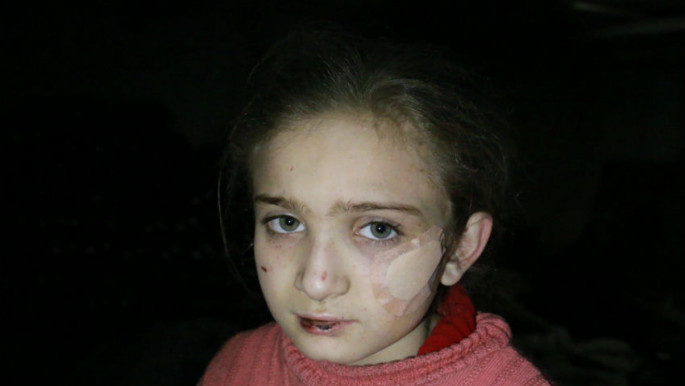 |
|
[Qusay Noor] |
There is inadequate access to healthcare for the thousands injured by the relentless bombing and shelling, which has also targeted key hospitals and healthcare facilities.
|
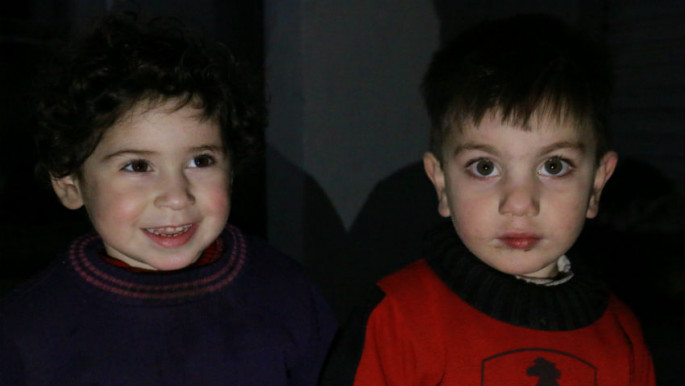 |
|
[Qusay Noor] |
It is also thought that Assad has been carrying out chemical attacks against the people of Eastern Ghouta, with
one child reportedly killed from chlorine exposure on Monday.
|
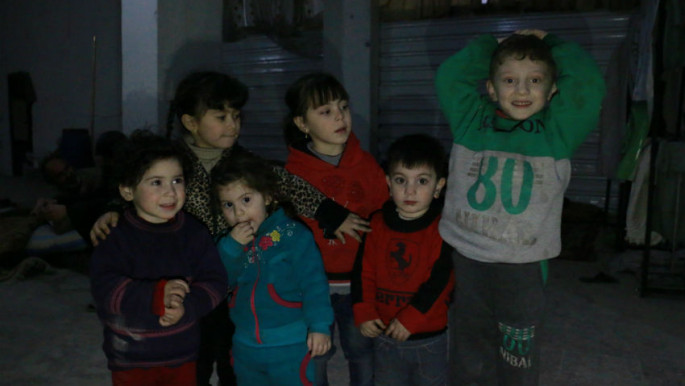 |
|
[Qusay Noor] |
According to the Syrian Observatory for Human Rights, 1,463 children have been killed by the fighting in Eastern Ghouta since the beginning of the conflict in 2011.
|
 |
|
[Qusay Noor] |
The siege has continued into Monday - despite the UN Security Council's meeting on Sunday, and the Kuwaiti-Swedish demand for ceasefire accross Syria.
|
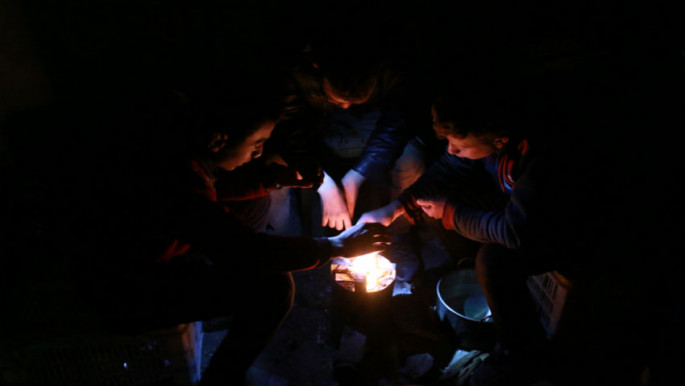 |
|
[Qusay Noor] |
A ceasefire is desperately needed in order for humanitarian aid to reach besieged areas that have run short of essentials such as food and medicines.
|
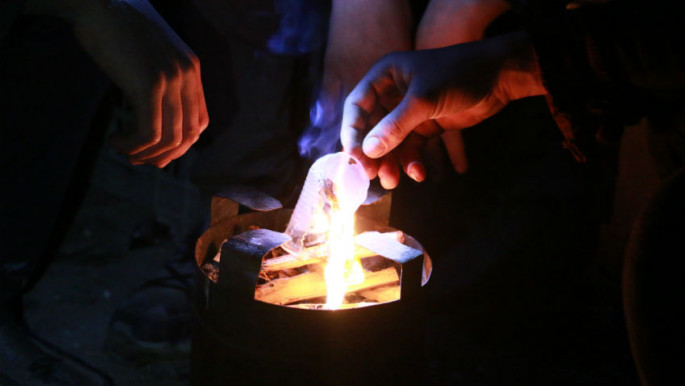 |
|
[Qusay Noor] |
A blockade has been imposed on Eastern Ghouta for the past five weeks, with families and hospitals out of food, medical and fuel supplies.
|
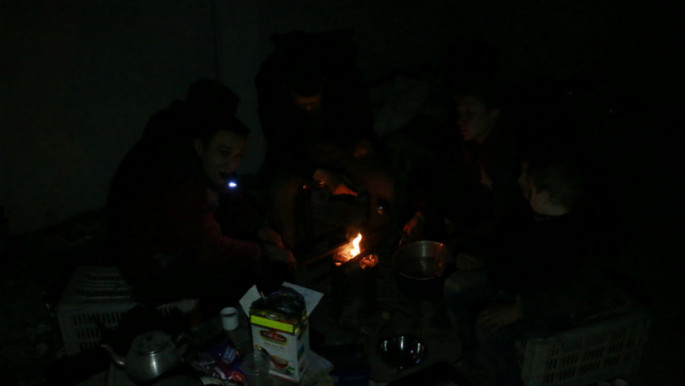 |
|
[Qusay Noor] |
As Eastern Ghouta's residents stay hopeful for a lasting ceasefire agreement, families struggle to maintain a semblance of normality amid the thousands forced underground.
Qusay Noor is a journalist and photographer from Eastern Ghouta in Syria.Follow him on Twitter: @QUSAY_NOOR_













